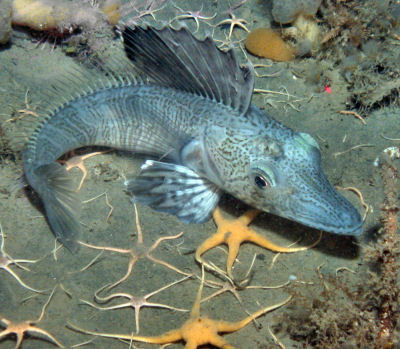Amidst all the hysteria surrounding the seemingly unstoppable COVID-19, we bring you a story of a fish without blood. In 1928 a biologist sampling off the coast of Antarctica pulled up an unusual fish. It was extremely pale (translucent in some parts), had large eyes and a long toothed snout, and somewhat resembled a crocodile (it was later named the “white crocodile fish). Unbeknownst at the time, but the biologist had just stumbled on a fish containing no red blood pigments (hemoglobin) and no red blood cells – he iron-rich protein such cells use to bind and ferry oxygen through the circulatory system from heart to lungs to tissues and back again. The fish was one of sixteen species of what is now commonly referred to as icefishes that comprise the family Channichthyidae, endemic around the Antarctic continent.

Icefishes are a unique taxa of fish that live in the Southern Ocean in water temperatures that range from about 1.5 degrees Celsius in the summer to –1.8 degrees Celsius in the winter. When cut open their blood is colorless due to the lack of oxygen-binding pigment found in other fish species. Fish that live in cold waters usually have a smaller percentage of red blood cells in their blood than fish that live in warmer waters. And fish in temperate regions decrease the percentage of red blood cells in their blood each winter to save energy. It was originally assumed that Antarctic icefish evolved incredibly thin blood as an adaptation to the Southern Ocean.
Bask in the glory of this unique and cool fish, and hopefully it, if ever briefly, takes your mind off of coronapocalypse.
Happy FSF
Wow now that’s cool. Antarctica Cool!!